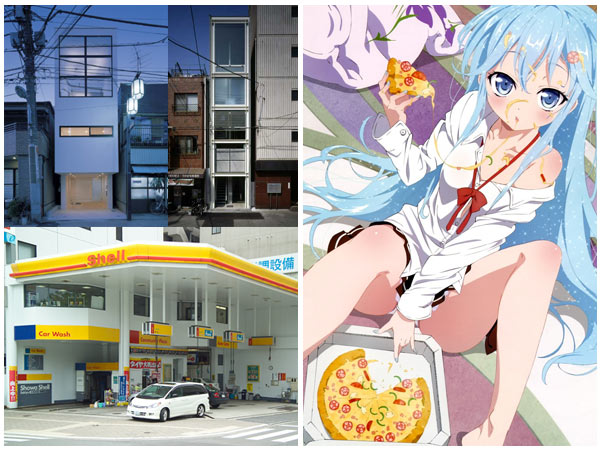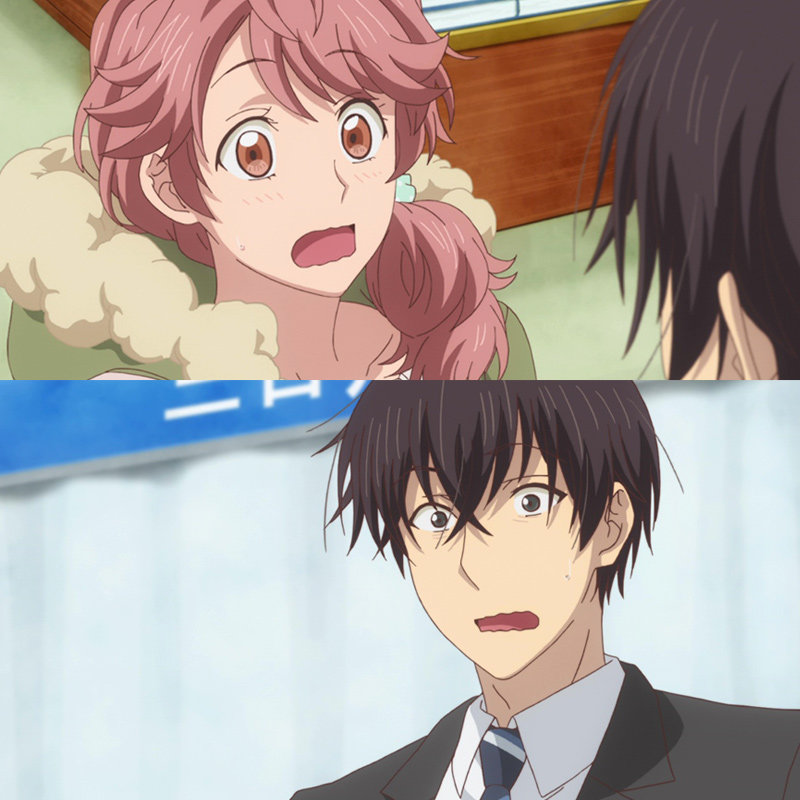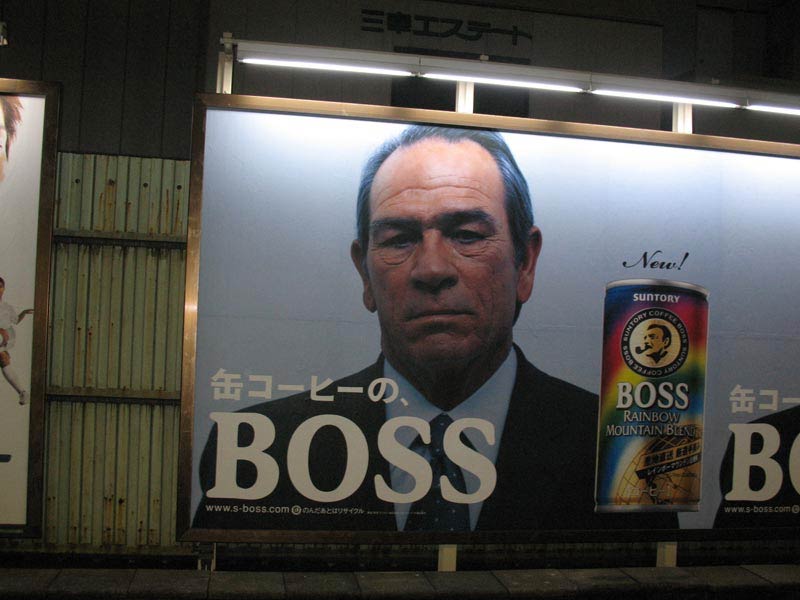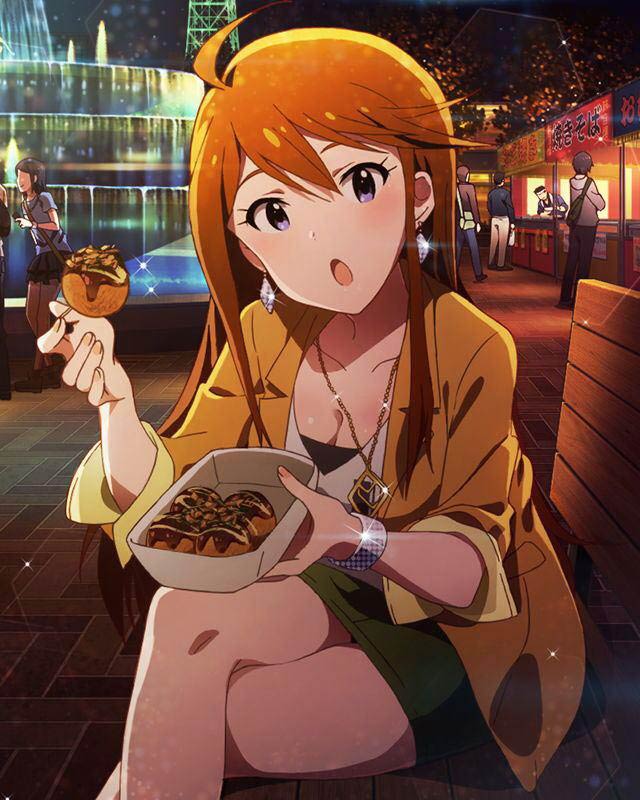
Foreigners living in Japan know that whenever there’s an earthquake in any corner of the country, we’ll get concerned calls or emails from family members back home asking us if we’re okay, as if Japan were a tiny country like Belgium rather than stretching from Canada to Mexico if laid overtop the U.S. Still, Japan’s land area is small, about the size of California despite having a population just under half the U.S., which means that space is often at a premium. You see this in various ways, including tiny gas stations with pumps located in the roof to save space, or ridiculously narrow office buildings and homes that have to be that shape because that’s the only land that was available. Land in Tokyo is especially valuable, and whenever we go there from Gunma (100 km away) we experience minor culture shock at how compact everything is, like “standing only” restaurants with no seats, just counters to lean against while you eat, and vending machines that are just a few inches deeper than the canned coffee they dispense, to avoid sticking out too far into the street. Recently Japan has been encouraging the development of solar power, but there’s a problem: unlike places like Arizona, there’s usually not a lot of excess land for solar panels. One company had an interesting idea, floating them above large commercial ponds used for growing koi fish. In addition to costing less, the water in the pond acts as a coolant for the solar panels, saving them even more money.
One great thing about Japan is its varied food culture, with everything from Thai to Indian to Mediterranean all available within 1 km of the J-List office. Another food the Japanese have become big fans of is pizza, which got its start in Japan in 1954, when an Italian American named Nick Zappetti opened a pizza restaurant called
Nicola’s in Roppongi. Though he was mainly targeting the U.S. military officers working nearby, his pizza caught on with young Japanese, and it changed the Japanese forever. While you might go for some pepperoni, onions or green peppers on your pizza, the Japanese are just as likely to order a kani-mayo or crab-and-mayonnaise pizza, or perhaps be more traditional and just go with squid and corn. Just as curry is considered “Western food” because it was introduced here by the British, pizza in Japan often has a very “American” feel to it. Another unfortunate thing about pizza in Japan: it’s quite expensive, costing US$35 or more for a large, and that won’t be an American sized large. Also, Pizza Hut’s pizzas are now apparently made by cats.

We’ve got a great new sale for you this month, a whopping 3x J-List Points on all the sexy and kawaii anime figures from Japan we stock. Pick up any figures you like this month, either in-stock figures or preorders, and you’ll get the points when your order is filled. The ecchi “cast off” figures are also part of the sale. We are also having a points sale on those lovely ecchi DVDs and Blu-rays, so get browsing! J-List points, of course, can use for discounts on your next purchase, and you can use them without limit at all. (They also never expire.)















